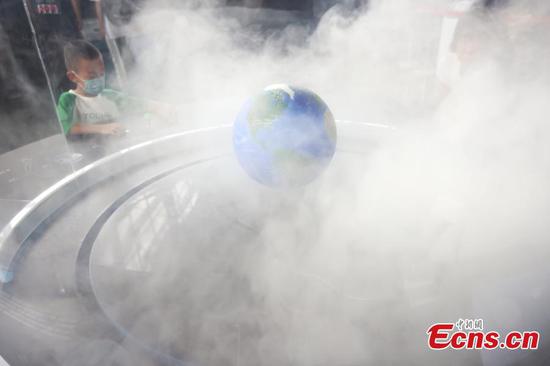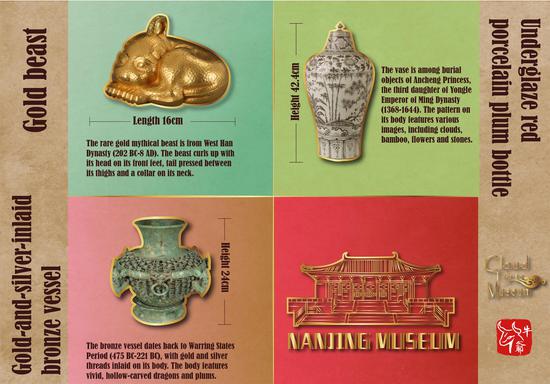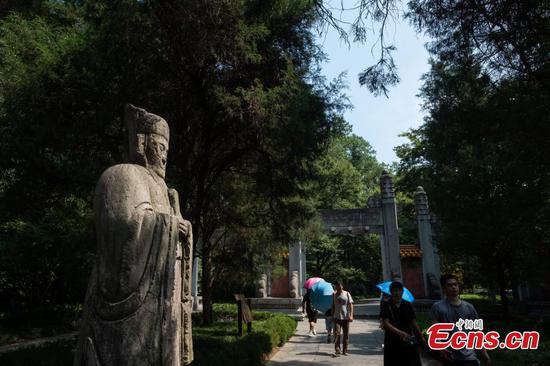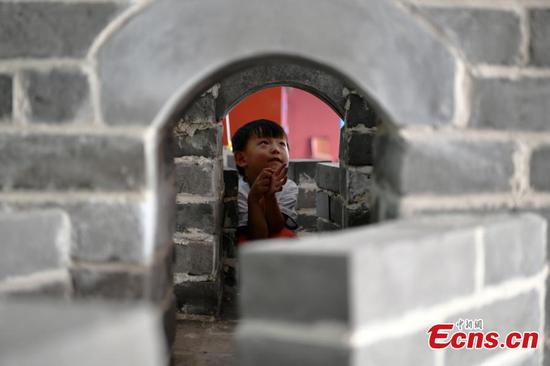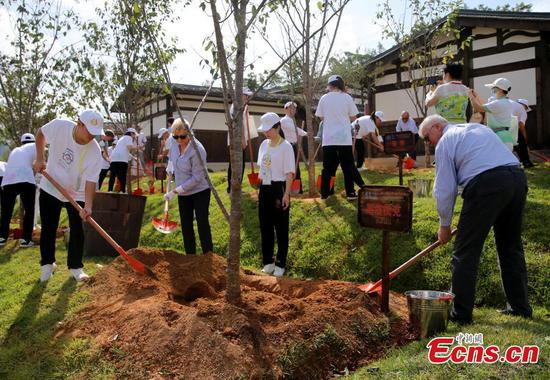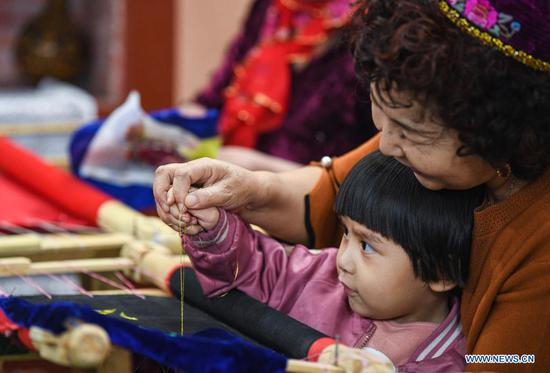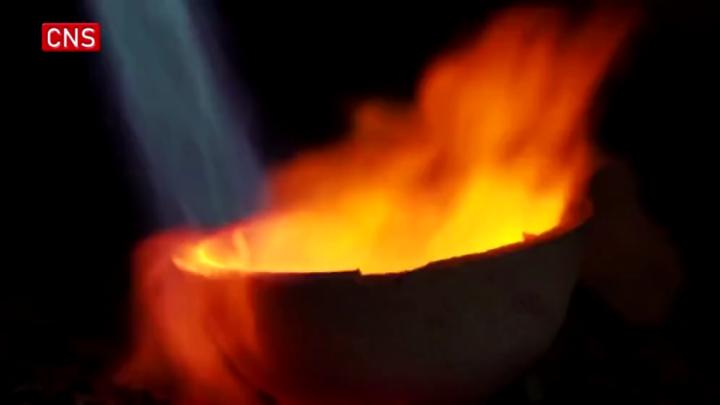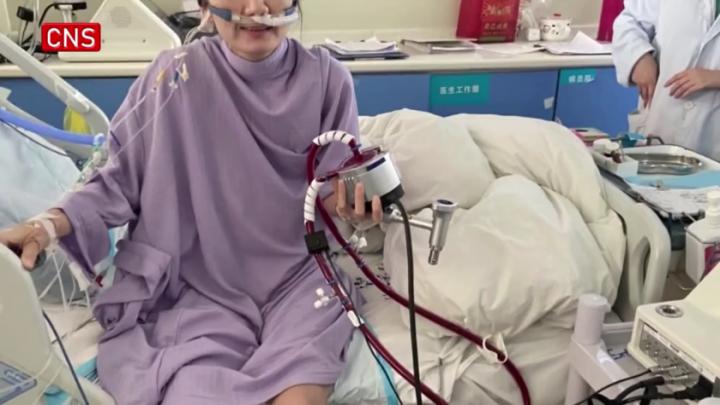
No bat coronavirus was found in the serum samples of those who fell ill while working in a mine in Mojiang county, Yunnan province, in 2012, so their cases aren't related to the COVID-19 outbreak, a senior Chinese virologist said on Thursday.
Yuan Zhiming, director of the National Biosafety Laboratory (Wuhan) and a professor at Chinese Academy of Sciences' Wuhan Institute of Virology, said at a news conference in Beijing that in July and October 2012, the institute received a total of 13 serum samples from four workers.
According to studies published on the topic, these workers were cleaning bat guano in a cave in Tongguan township, Mojiang. They all suffered from a pneumonia-like respiratory disease, and Shi Zhengli, China's leading bat coronavirus researcher, later discovered that the illness was caused by a fungal infection.
Despite these clarifications, some still speculate that SARS-CoV-2 either originated from the cave, or the Wuhan institute had engineered a close relative of the virus they found in that cave to make it more infectious to humans.
Yuan said these speculations are false and have been debunked numerous times. The RaTG13 virus, the closest known relative to SARS-CoV-2 that shares 96.2 percent genetic similarity, was discovered in the Tongguan cave in 2013, not from the serum samples of these workers in 2012, he said.
"There is no evidence to prove that RaTG13 and related bat coronaviruses are in any way related to the illness reported by the mine workers from Mojiang in 2012," Yuan said.
Moreover, Yuan said they only discovered the gene sequence of the RaTG13 virus, not the live virus itself. Shi stressed again in her interview with the journal Science that the institute has not isolated the RaTG13 virus, a live virus which can grow in cultured cells in a lab and be used for bioengineering.
Also, research has shown that it takes about 20 to 50 years for RaTG13 to evolve into the novel coronavirus, Yuan added.


















